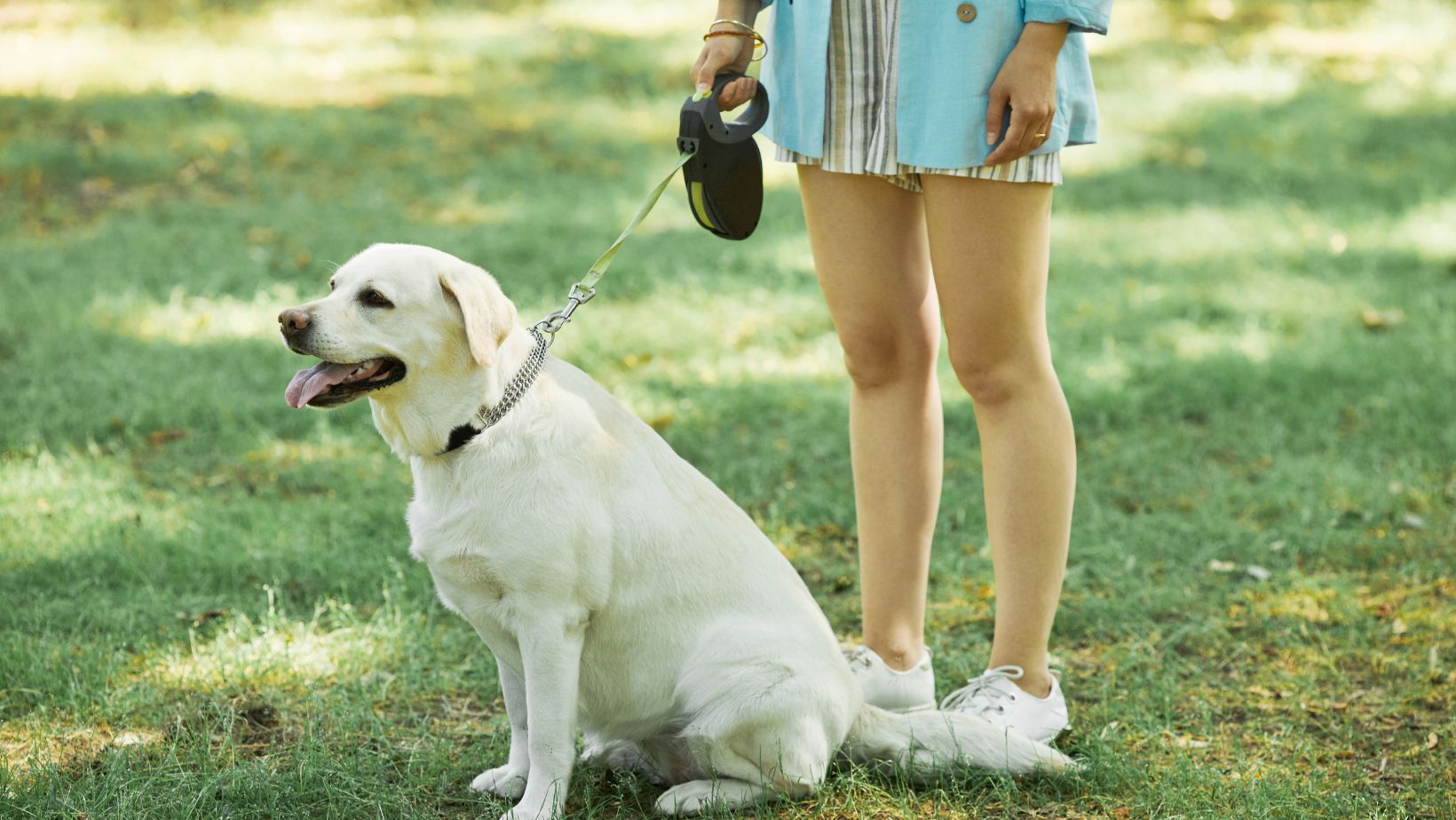How to Train a Service Dog Yourself
Are you considering training a service dog yourself? If so, one breed that often comes to mind is the Labrador Retriever. Labradors are known for their intelligence, trainability, and friendly temperament, making them excellent candidates for service work. In this article, I’ll provide you with some valuable tips on how to train a service dog yourself, specifically focusing on the unique characteristics of Labradors.
When it comes to training a service dog, consistency and patience are key. Start by establishing a strong foundation of basic obedience commands such as sit, stay, down, and come. Labradors are quick learners and eager to please, which can make the training process smoother.
Finding the Right Dog Breed for Service Training
When it comes to training a service dog, one of the key considerations is selecting the right breed. While there are many breeds that can excel in service work, one breed that often stands out is the Labrador Retriever. Labradors have gained popularity and recognition for their exceptional trainability, intelligence, and temperament.
Labradors are known for their friendly and outgoing nature, making them well-suited for interacting with people of all ages and backgrounds. Their gentle demeanor combined with their desire to please makes them an ideal choice for service dog work. Whether it’s assisting individuals with physical disabilities, providing emotional support, or aiding in tasks related to hearing or vision impairments, Labradors have proven themselves as reliable companions.
One of the reasons why Labradors excel in service training is their high level of intelligence. They are quick learners and have a great capacity for understanding and following commands. This intelligence allows them to adapt to various situations and environments effectively. Additionally, Labradors possess excellent problem-solving skills which can be advantageous when faced with complex tasks or challenges during their training.
Another significant advantage of Labradors as service dogs is their physical attributes. They possess a sturdy build and are known for their endurance and agility. This makes them capable of assisting individuals in activities such as retrieving items, opening doors, or providing stability while walking. Their size also allows them to provide comfort by leaning against individuals who may benefit from deep pressure therapy.
While Labrador Retrievers are often recognized as an excellent choice for service work due to these qualities, it’s important to remember that individual temperament and personality should also be considered when selecting a potential candidate for training. Not every Labrador will be suitable for every type of service work, so it’s crucial to assess each dog on an individual basis before embarking on the training process.
Housebreaking and Crate Training
When it comes to training a service dog, one crucial aspect that cannot be overlooked is housebreaking and crate training. These two practices are essential for teaching your Labrador or any other breed how to properly relieve themselves and develop good habits in the home environment.
- Introducing the Crate: Introducing your Labrador to the crate should be done gradually and positively. Start by placing their bed or blanket inside the crate along with some toys to make it a comfortable space. Allow them to explore it at their own pace, never forcing them inside. Once they become familiar with the crate, you can start closing the door for short periods while you’re present. Gradually increase these intervals over time, always rewarding your pup for calm behavior inside.
- Establishing a Routine: Establishing a consistent routine is key when it comes to housebreaking your Labrador. Take them outside first thing in the morning, after meals, before bedtime, and at regular intervals throughout the day. Use positive reinforcement such as treats and praise when they eliminate in the appropriate spot outdoors. Consistency is vital in helping them associate going outside with relieving themselves.
- Supervision and Rewards: During the housebreaking process, close supervision is necessary to prevent accidents indoors. Keep an eye on your Labrador’s behavior for signs of needing to go potty, such as sniffing around or circling. Immediately take them outside when you notice these signs and reward them generously when they do their business in the designated area.
- Accidents Happen: It’s important to remember that accidents are bound to happen during housebreaking training; it’s part of the learning process! If you catch your Labrador in the act of eliminating indoors, interrupt them calmly without scolding or punishment, then quickly take them outside to finish if needed. Clean up any mess thoroughly with an enzymatic cleaner designed specifically for pet odors.
- Patience and Consistency: Training a service dog takes time, especially when it comes to housebreaking. Every Labrador is different, so be patient and consistent in your approach. Stick to the established routine, provide ample opportunities for outdoor potty breaks, and reinforce positive behavior consistently. With time and dedication, your Labrador will learn to become reliably housebroken.
Remember that training a service dog requires commitment and effort from both you and your furry companion. By following these guidelines for housebreaking and crate training, you’ll pave the way for a well-behaved and reliable partner in assisting those in need.
